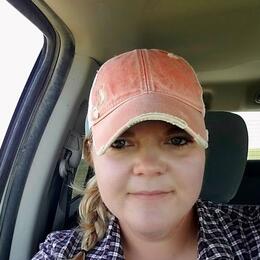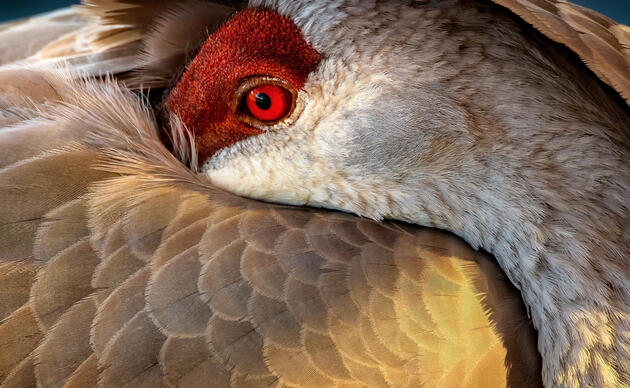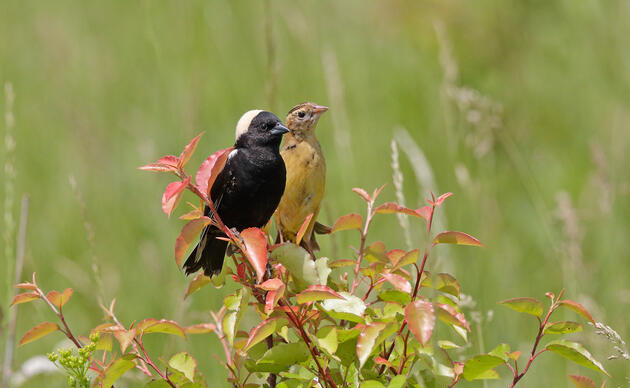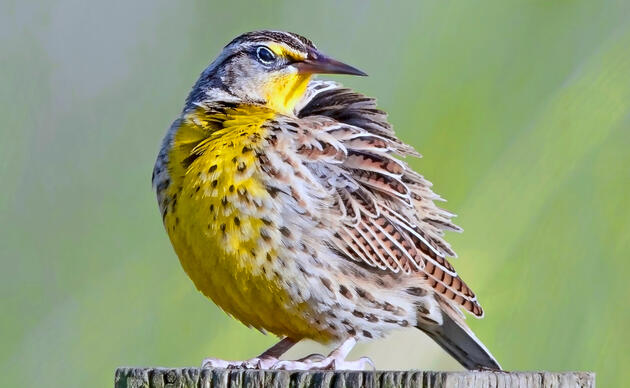It’s July, hot and humid, bugs are bothering us, and we are lugging around backpacks filled with water, sunscreen and other essential equipment for a day out in the field. It is that time of year again, time for the annual Native Prairie Adaptive Management Survey (NPAM).
What is NPAM and how did it get its start 12 years ago? Read on to find out.
In the past, the view of conservation groups in the Dakotas who owned or managed property was that the best thing for wildlife and habitat was to leave tracts of grassland idle with little to no management. However, grasslands historically evolved with disturbance, commonly from herds of bison moving and grazing across the northern Great Plains landscapes. Disturbances also included things like fire and drought that had an impact of plant communities.
After many years of little to no management, over 50 years in some cases, things were looking bleak biodiversity wise on native prairie grassland units. Native prairie is grassland with no history of cultivation. In the early 2000’s, a group of land managers and researchers began taking notice and discussing the state of these native prairie units. Vegetation sampling on these sites found a decrease in the native plant community and a large increase in nonnative species such as Kentucky Bluegrass and Smooth Brome. All nonnative plants can create issues but these two grasses can create a dense competitive sod mat that displaces native species, alters composition, reduces productivity of a site, and changes nutrient cycles.
After taking a further dive and discussion into the state of these prairies, a call to action was formed: The Native Prairie Adaptive Management (NPAM) Program. A collaboration formed between the US Fish & Wildlife Service and US Geological Survey. The principle objective of NPAM is to increase composition of native plants at the least cost. NPAM began its pilot phase within the Fish and Wildlife Service in 2009, and kicked off the program in 2010. Audubon Dakota enrolled Edward Brigham III & Frederick Wicks Sanctuaries into the program in 2016. Other state and nonprofit organizations have since enrolled units into the program. NPAM units are enrolled in Northern Montana, east of the Missouri River in North Dakota and South Dakota, and eastern Minnesota.
A typical day surveying NPAM units includes using GPS to navigate to a pre-determined start and end point that stays the same every year. Once both points are marked, a 25-meter tape is rolled out between points and the composition of native plants vs nonnative plants is recorded at every .5 meter, only taking a snapshot to about 2 inches on either side of the tape. Once the entire 25 meters is recorded, it is off to the next point. After fieldwork is completed, all data is entered into a database, which tracks changes in plant community throughout the years. Management actions for the year such as rest, graze, or prescribed fire, are also recorded. Depending on current plant community and management that year, the database also suggests best management for the next year as a way to predict and test plant community response.
Around the time NPAM was starting and after a long absence, management began on many of these units with cattle being a commonly used tool in a cooperative partnership with local ranchers. After 12 years of survey data, the results are showing slow increases of native plant composition. Something to keep in mind, is it took years of little to no management to get the prairies to this state and it will take many years of management to move the needle back closer to where it should be. The NPAM survey has also spurred other studies into the effects of management on grassland birds, specific native plants, and invertebrates among other things.
NPAM and other research has helped opened new doors for conservation in the Dakotas. Cattle are a great tool to manage grasslands. With around 90% of land privately owned in the Dakota’s, Audubon Dakota and other conservation organizations have developed partnerships with private landowners to help cattle stay out on the landscape through cost sharing programs for fencing, water, and prairie restoration.




